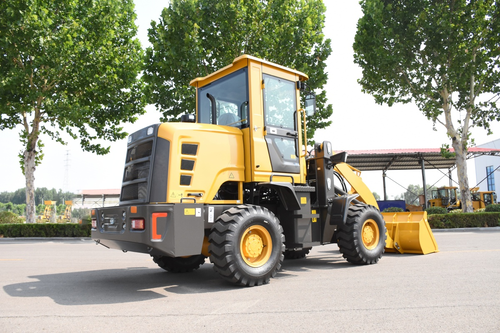Have you ever wondered how warehouses store a vast number of products efficiently? Warehouse organization is critical to ensuring smooth operations, fast product retrieval, and maximizing available space. With so many products to handle, businesses rely on advanced storage solutions. But what kind of system can store large volumes while keeping everything easily accessible?
A warehouse racking system is crucial for organizing products in any warehouse setting. These systems help businesses store goods systematically, enabling easier access and faster inventory management. Choosing the correct type can significantly impact efficiency and overall operations.
Selective Pallet Racking
It is one of the most commonly used types of storage systems. It offers a direct approach to each pallet, making it ideal for warehouses that need frequent access to various products. It is flexible and easy to install, so many warehouses favor it. With its straightforward design, workers can quickly retrieve items without rearranging or moving other pallets.
Drive-In Racking
It is perfect for businesses looking to maximize their storage capacity. It allows forklifts to move directly into the racking structure, loading and unloading products from the back to the front. It’s ideal for storing large quantities of similar items.
Drive-in racking maximizes available floor space by eliminating aisles. However, businesses dealing with perishable goods or time-sensitive products may want to consider other options.
Push Back Racking
It is designed for high-density storage, storing multiple pallets on each level. When a pallet is removed, the one behind it automatically moves forward, making product retrieval fast and efficient. This system uses a last-in, first-out approach, similar to drive-in racking, but provides better pallet access than its counterpart. However, like drive-in systems, it may not be ideal for products that require first-in, first-out rotation.
Cantilever Racking
It is a perfect choice for businesses that store long or bulky items. It is built without vertical obstructions, making storing items like lumber, pipes, or furniture easy. Its open design makes loading and unloading products seamless, especially when dealing with awkwardly shaped goods. Cantilever racks are highly customizable, allowing businesses to adjust arm lengths and heights based on storage needs.
Pallet Flow Racking
Pallet, or gravity flow racking, is a first-in, first-out system ideal for managing perishable goods or time-sensitive products. It uses inclined rails, where pallets automatically slide forward when a pallet is removed from the front.
It’s highly efficient for warehouses with high product turnover, allowing businesses to maintain inventory flow without manual intervention. However, pallet flow racking can be more expensive to install than other options, making it a more significant investment for businesses.
Mezzanine Racking
It is designed to optimize vertical space in warehouses. Adding an extra storage level above the existing floor allows businesses to double their storage capacity. Mezzanine are versatile and can be customized to meet specific needs, including the addition of staircases, handrails, and conveyor belts for easy movement of goods. Mezzanine racking is perfect for companies that need extra storage without expanding their warehouse footprint.
Mobile Racking Systems
Mobile racking systems are built to move on tracks, condensing racks when access is unnecessary. This system is excellent for maximizing storage space while maintaining access to products when necessary. Mobile racking is ideal for warehouses with limited floor space and businesses that want to store more products in a confined area. However, due to the mobility components, these systems can be more expensive and require additional maintenance.
A warehouse racking system plays a vital role in boosting efficiency, improving storage capabilities, and streamlining operations in a warehouse. Choosing businesses enhances their space by selecting the proper storage solution for overall productivity. Implementing the right racking system can reduce operational costs and improve workflow, leading to better inventory management and faster order fulfillment.




